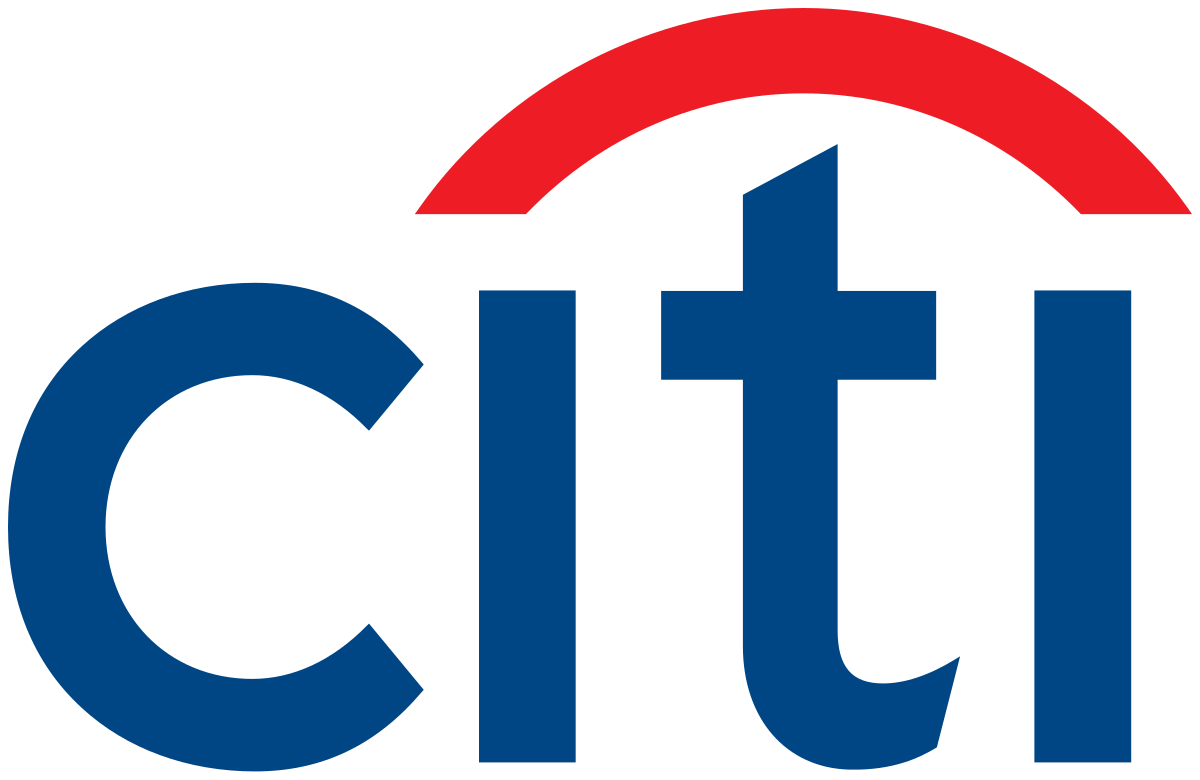Retail execution platform innovation could be the catalyst for driving ETF liquidity onto exchanges in Europe as the market begins to grow.
On exchange liquidity has been touted as a major issue for a fragmented European ETF ecosystem currently dominated by request-for-quote (RFQ), which accounted for 55% of ETF execution at the end of 2022.
Exchanges across Europe have developed their own RFQ platforms in a bid to combat the threat while the rise of algorithm trading could also be seen as boost to liquidity on exchange.
However, speaking on an ETF panel at Trade Tech in Paris last week, Simon Barriball, ETF sales and trading at Virtu Financial, said retail platform growth could also play a key role.
“There is a role for retail execution platforms. Some of the innovative platforms have shown they can do a job of bridging the gap between exchange liquidity and access to RFQ for clients,” he said.
“This has been more commonplace in Germany with higher retail participation.”
It is widely thought more volume on exchange is believed to result in tighter spreads and increasing retail participation by improving best execution for investors.
Forced liquidity
RFQ has steadily grown to a dominant position in Europe over the past few years with some industry insiders calling for regulation to force liquidity on exchange, a move Barriball believes would be a step too far.
“Some people would argue you need to force it and that could be done through regulation through the introduction of a trade-through rule in Europe, similar to the US,” he added.
A trade-through is an order that is carried out at a suboptimal price even if a better price is quoted elsewhere. They are banned in the US except for manual quotes or certain exceptions in fast-moving markets.
The move would force RFQ platform trades that are going to trade outside an exchange to sweep the lit file order book, pushing liquidity on exchange.
“It would come with a very high price of complexity. It is complex in the US but would be even more so in Europe because of fragmentation and would pose immense challenges,” Barriball said.
“We need to let the processes of exchanges and brokers run their course. It is about innovation rather than regulation.”
Retail adoption
The slow uptake of retail adoption has been blamed for the lack of liquidity on exchange compared to the US, which has a much larger retail market.
However, there are signs this could be changing. Ben Miller, ETF specialist sales EMEA at Citi, noted how the US had done a “fantastic job in rounding out the ecosystem for retail” while Europe was showing signs of following suit.
Also speaking on the panel, he said: “A significant amount of assets are now coming from retail. Most of that is from the German region but we are going to see this spread across Europe.
“We are seeing strong growth in other areas, weak spots as well, but retail is something that will be brilliant for our market.”
Highlighting this, recent BlackRock research forecasted there will be 32 million ETF savings plans executed monthly in Europe by 2028, up from 7.6 million last September.
Miller added the uptick in retail will also be enabled by ETF algorithm trading due to their ability to trade smaller tickets more efficiently.
According to big xyt, 86% of cash equity trading volumes have been executed by algorithms so far in 2024 versus less than 25% for ETFs.
“There is going to be an increase in tickets that is going to come from the adoption of retail ETFs being put into model portfolios and the rise of digital wealth providers,” Miller said.
A recent BlackRock report said ETFs will trade more like cash equities using algorithms as the market matures.
It found algorithms offer benefits such as alternative market access to current risk or NAV-based trading, liquidity sourcing, execution optimisation and connectivity.





